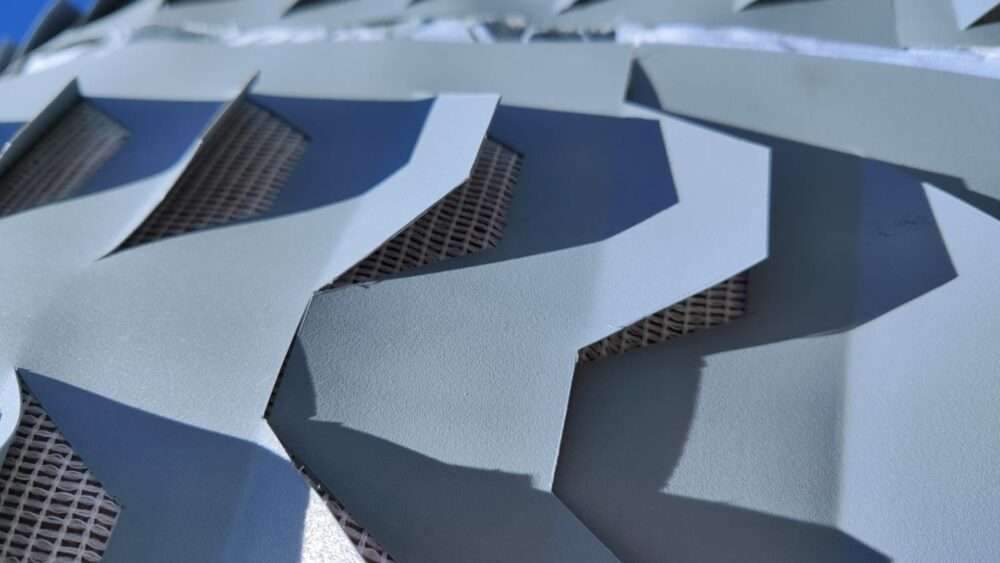We are publishing one book for every theme of competitions where we’ll compile the simplest projects but also a series of fabric that mention each topic, a search Ecosystem to make an ongoing conversation.
The Theme One closed on 15 December and therefore the projects from the winners, honorable mentions and editorial picks of the three competitions (48H FLOORPLAN BATTLE, 2020 MONUMENT and FUTURE PUBLIC SPACE) are going to be included within the book. This involve materials has the aim to gather relevant contributions regarding this subject and necessary for the book on cohabitation .
To explore the results of the competitions, we invite you to go to our website.
Topics (Short version, to download the complete call, please visit the Non Architecture website)
Every year typically features a few defining moments, but the year 2020 have contained thus far , several world-changing and paradigm-shifting developments. This year has become a worldwide milestone, marked with important social and political events: the black lives matter movement, racial unrest, the worldwide refugee’s crisis, gender equality fight, Brexit and therefore the COVID 19 Pandemics, all prove that 2020 holds a singular potential to vary the planet .
A crisis on this scale can reorder society in dramatic ways and every one these are world-shattering events whose farranging consequences we will only begin to imagine today. How cities will adapt in reaction to those events, it’s the most focus of this research.
History shows the aftermath of world events have caused radical transformations for societies. Some events only last a flash , others drag on for years, but there are points in history that we can’t help but reminisce on as signalling a serious change in how we live, work, think, and even view people .
An inclusive society aims at empowering and promoting the social, economic, and political inclusion of all, regardless of age, gender, disability, race, ethnicity, language, origin, religion, economic, or other status. it’s a society that leaves nobody behind. Inclusion is ultimately about the dignity and price of each person, which is that the backbone of all human rights.
MATERIALS GUIDELINES
The call for materials defines the sector of interest of cohabitation and produces a context during which to situate contributions.
Contributions are often uploaded within the form of:
/ ESSAY: a quick compositions that describe, clarifies, argues, or analyzes a topic .
/ INFOGRAPHIC: a visible representation of data or data, e.g. as a chart or diagram.
/ PHOTO ESSAY: an account of something told predominantly through photographs, with some accompanying text.
/ ILLUSTRATION(S): a visualization or an outline of a topic , like a drawing, sketch, painting, or another quite image, employing a graphical representation.
MATERIAL DETAILS
/ For the ESSAY: Your paper must be submitted in Microsoft Word (.doc or .docx) format using the below format: must be between 500-1000 words in A4 papers with a Calibri font of 10 pt. an honest reference comes from the tutorial Conferences and Publishing International.
/ For the INFOGRAPHIC: All the info must have provided sources and proof checked. This must even be submitted in 6 cohabitation A4 papers and during a Microsoft Word (.doc or .docx) format. an honest reference comes from the Office for National Statistics.
/ For the PHOTO ESSAY: A series of photos with title and subtitle of the project. An introduction to the work of maximum 300 words during a Calibri font of 10 pt. for every shot, a caption is required . This must even be submitted in A4 papers and in Microsoft Word (.doc or .docx). All photos must be taken by the author. an honest reference comes from the Time magazine.
/ For the ILLUSTRATION(S): A drawing or a series of drawings with title and subtitle of the project. An introduction to the work of maximum 300 words during a Calibri font of 10 pt. for every drawing, a caption is required . This must even be submitted in A4 papers and in Microsoft Word (.doc or .docx). All work must be done by the author.
SUBMISSION DETAILS
This call isn’t a contest . The submission are often individual or as a team with no maximum elements. There’s no registration process and no fee for this call.
All the submissions must be electronically sent to the editor of NON ARCHITECTURE between the 8th of February and therefore the 8th of March at daniela@nonarchitecture.eu. Accepted proposals will then be published in our book by the editorial board.
Submissions must be written in English.
Please ensure your materials are carefully proofread and checked before sending.
Additional information regarding the authors could be required after the acceptance for publication.
By submitting a document you declare the paternity of the fabric submitted and you give rights of publication to NON ARCHITECTURE. All the articles selected are going to be published indicating the author’s name. Small changes could be operated by the Non Architecture Team to form the submission a far better fit the publication.
Download the information related to this competition here.
-
Title
CALL FOR MATERIALS -
Type
Call for Submissions -
Website
-
Organizers
-
Submission Deadline
March 08, 2021 11:30 PM -
Price
Free







